
It's not just the accent.
As European travel experts reveal, American tourists give themselves away with a number of traits while in the UK and Europe.
For starters, they have a certain dress sense and a distinctive volume when speaking.
They also navigate cities in a way that can leave locals disgruntled, fail to get to grips with the tipping culture, and sit down to eat at the wrong hour.
But it's not all negative. American visitors to Europe have several endearing ways leading them to be welcomed with open arms by some.
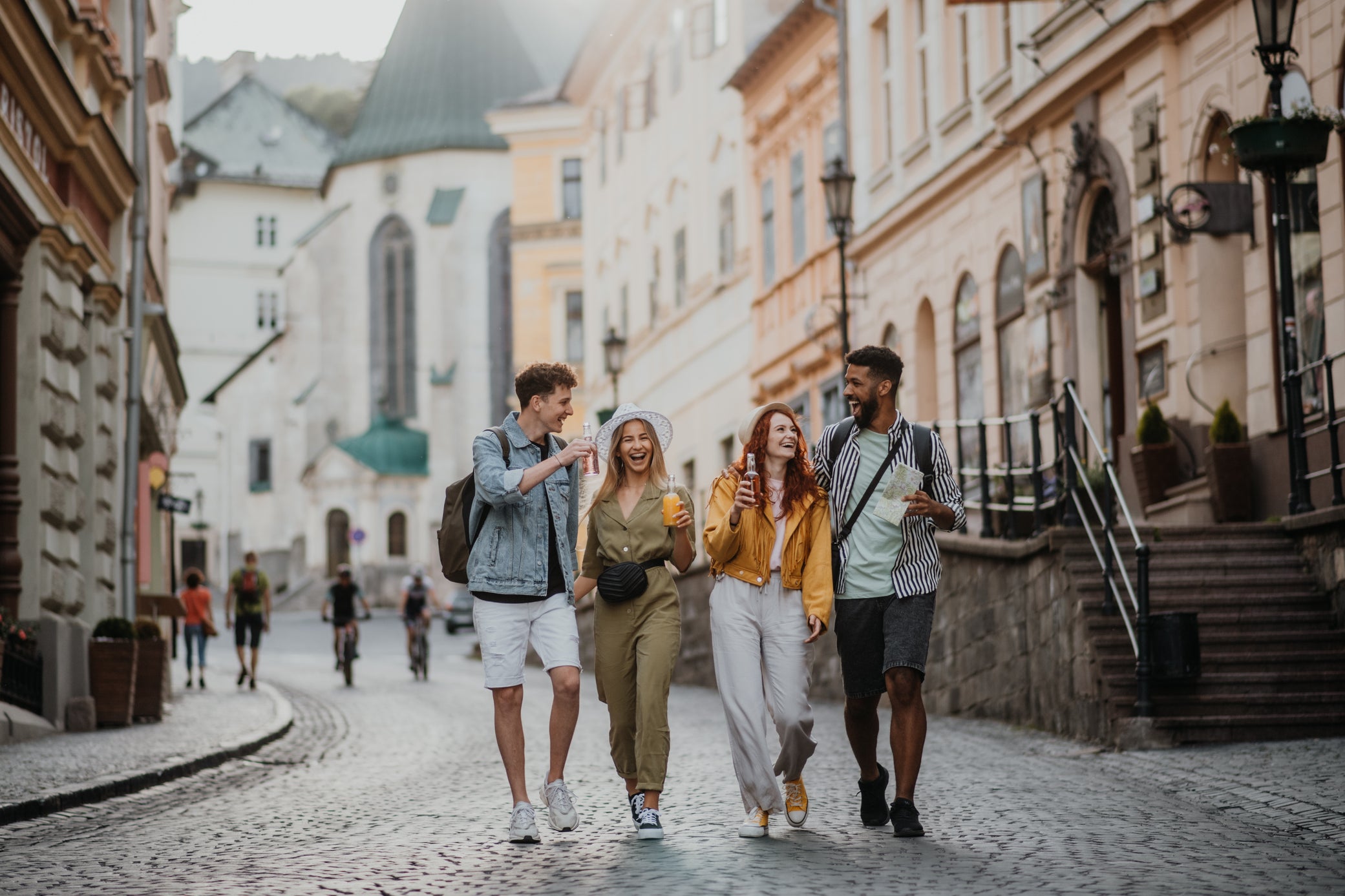
Heard before being seen
Locals in Europe are likely to hear Americans before setting eyes on them.
Travel expert Jiayi Wang, from London, a professional photographer and Founder of The Diary Of A Nomad blog site, told The Independent: "[Americans'] conversations carry across a tram or café, full of enthusiasm. Locals tend to keep public chatter lower, so that livelier pitch draws attention straightaway."
Fellow Londoner Lucinda Faucheux, Co-Founder of Travel Support Circle, agreed, noting: "Americans tend to speak much louder than locals, even when they're just having a casual conversation.
"In a quiet English pub or a small village café, a group of Americans chatting can unintentionally dominate the space. It's not meant rudely, but the contrast is obvious."
Chatting up a storm
Europeans notice that Americans aren't just louder, but generally more talkative.
Swede Albin Eriksson Lippe, CEO of travel-tech company Holiwise, told The Independent: "It is not uncommon to find an American tourist joining a conversation with strangers after overhearing something they've said, or offering effusive praise of the place they're in."
Nico Trinkhaus, an award-winning travel photographer from Germany known for his vivid images of European cities and landscapes, added: "In my experience as a European travel photographer, Americans are some of the most open and approachable travelers I meet.
"It's not unusual for them to strike up small talk in places where most Europeans stay silent — like waiting for an elevator or watching a sunset.
"If someone approaches me while I take photos and they speak English instead of the local language, they are almost always American. And they tend to be wonderfully direct when asking for recommendations, whether it's the best restaurant in town or the best angle for a photo."
College logos and sports jerseys are de rigeur
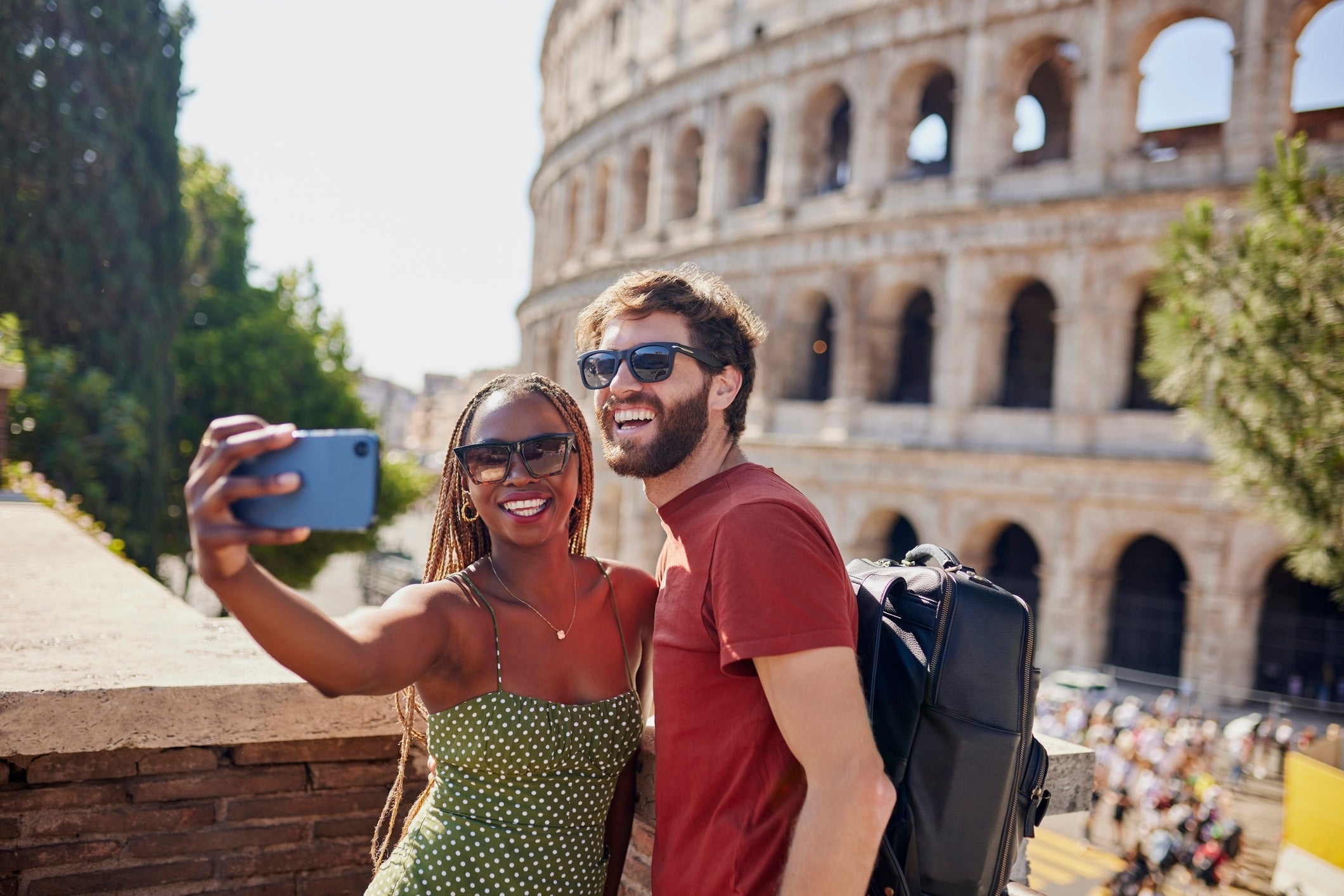
Americans, Europeans notice, prioritize comfort over fashion while traveling. And they don't seem to care about big logos.
Jiayi said: "Comfort comes first. So you notice bright sneakers, cargo shorts, and T-shirts stamped with college logos or sports teams.
"In cities where most people lean toward neutral tones and fitted cuts, that splash of branding makes the wearer stand out the minute they step into a piazza."
A back-to-front look
The way Americans carry their backpacks will look back-to-front to many Europeans.
LP Maurice, the CEO of Busbud and someone who's spent 20 years traveling around Europe, said: "Many Americans favor a soft-sided backpack the size of an airline carry-on, worn on the front in crowded metro cars for security. A refillable 700ml drink tumbler often dangles from a carabiner.
"Local commuters carry smaller daypacks or string bags and pick up water only when they need it."
Tech forward
Americans, note European travel experts, are often glued to their Apple Watches.
Read more: Overcrowding, earthquakes and extreme heat: The Greek holiday could be changing forever
LP Maurice said: "If you notice an Apple Watch pinging every few minutes because mobile data is still roaming, you are very likely listening to an American checking sports scores back home."
Walk this way
Sarah Topalian Davies, director of communications & media at Earthday.org and a Brit living in America, recently returned from vacation in Rome.
She had a few things to say about how Americans get around.
She told The Independent: "American tourists seem to have no sense of other people, spatially. They aren't rude, but they just don't understand that while they are on a five-day whistle-stop tour of Europe, many other folks around them might live here and are trying to go to work.
"The slow walking and dawdling are deeply annoying to everyone. They also stroll two or three across on a busy street and seem oblivious to everyone else, including yelling policemen.
"This gets worse when they are in gangs of fellow tourists on official 'sight-seeing tours' — they just forget all reason and block streets and roads to desperately stay in their 'group'. I get that they are probably a bit nervous, but it causes log jams and it's always American groups that do it, desperately following the flag their tourist guide is manically waving."
The price is right
Americans value knowing the worth of tourist treasures.
Davies said: "Americans ask the fiscal value of everything rather a lot. For example, I was in the Vatican and a young American man trying to impress his girlfriend, I think by looking engaged, kept asking, 'What is that worth?' That is such an American trait.
"We are in the Vatican; it was painted by Michelangelo. You can't buy it. So, who cares?"
Tourist trapped
Americans don't often stray beyond the main thoroughfares to find neighborhood eats.
“They seem nervous to eat where the locals eat, so they mainly seem to stick to the places near all the big tourist traps where all the other Americans are eating. And then get ripped off, which is a shame,” Davies added.
Food for thought
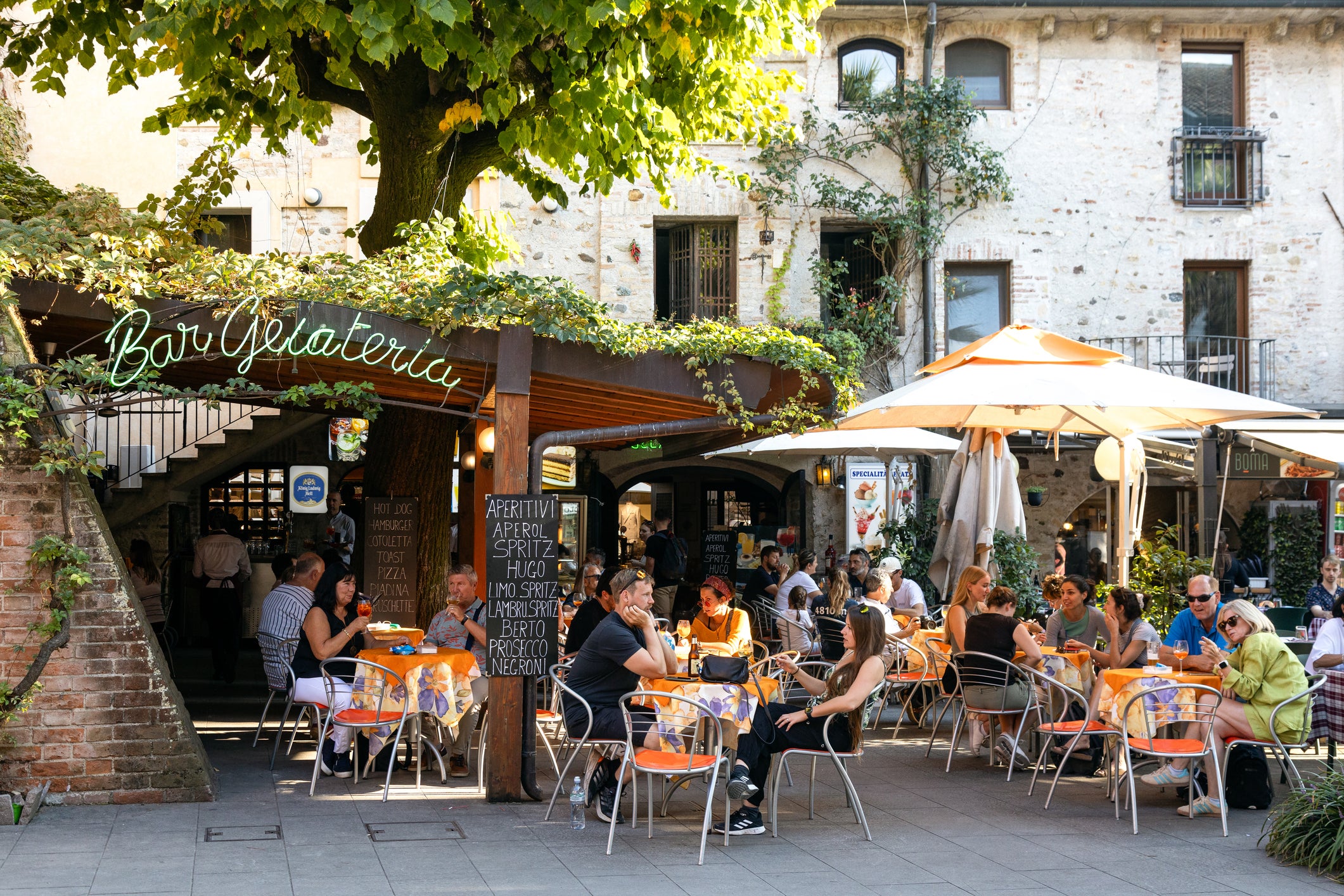
Dinnertime for Americans is when chefs in Europe are just beginning prep work.
Jiayi said: "Americans like to sit down for dinner around 6pm, while European kitchens are still prepping for the night. They are quick to ask for tap water packed with ice, request menu tweaks like 'no cheese', and look puzzled when refills cost extra. Staff learn to spot the pattern after a single order."
Plastic fantastic
Plastic is the go-to method of payment for Americans.
Jiayi said: "They reach instinctively for a credit card no matter how small the charge. If the café is cash only, the surprise on their faces says more than any accent could.”
Tips, tips and more tips
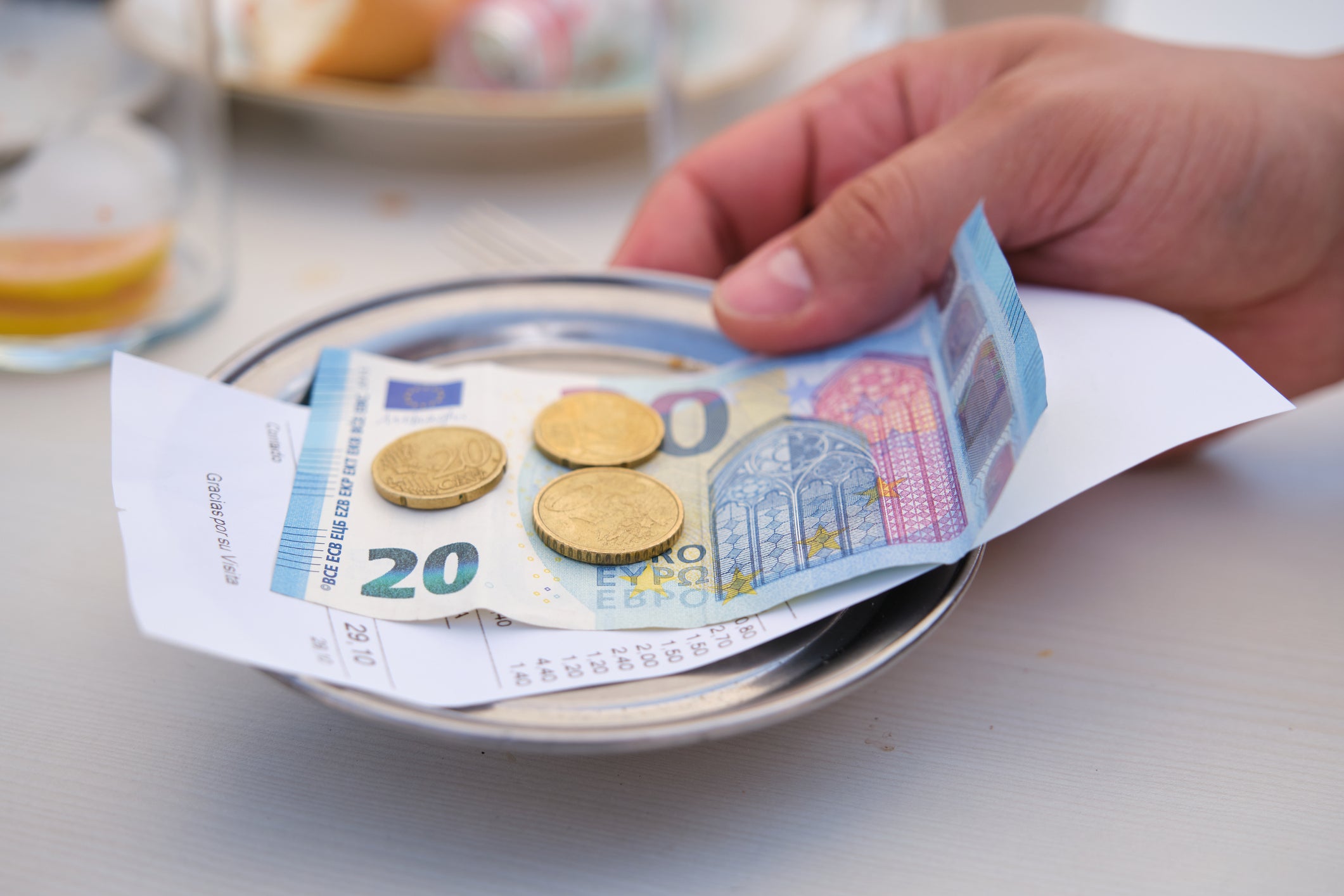
Waiting staff in Europe can look forward to huge tips for doing nothing extra.
Sarah said: "If you are a waiter and you get a huge tip for no extra discernible level of elevated service, it was 99 percent an American who tipped you — as they are unbelievably generous with tips. Twenty percent is not unusual and they expect to do it. Plus, American tourists will love everything you give them and are very unlikely to complain."
Back to your roots
Americans love to talk about their heritage.
Sarah said: "If you hear someone claiming to be originally from that very location you are visiting — it is 100 percent an American. Everyone is Irish American, Italian American, German American. Nobody is just plain old, American, American.”
Fast and furious
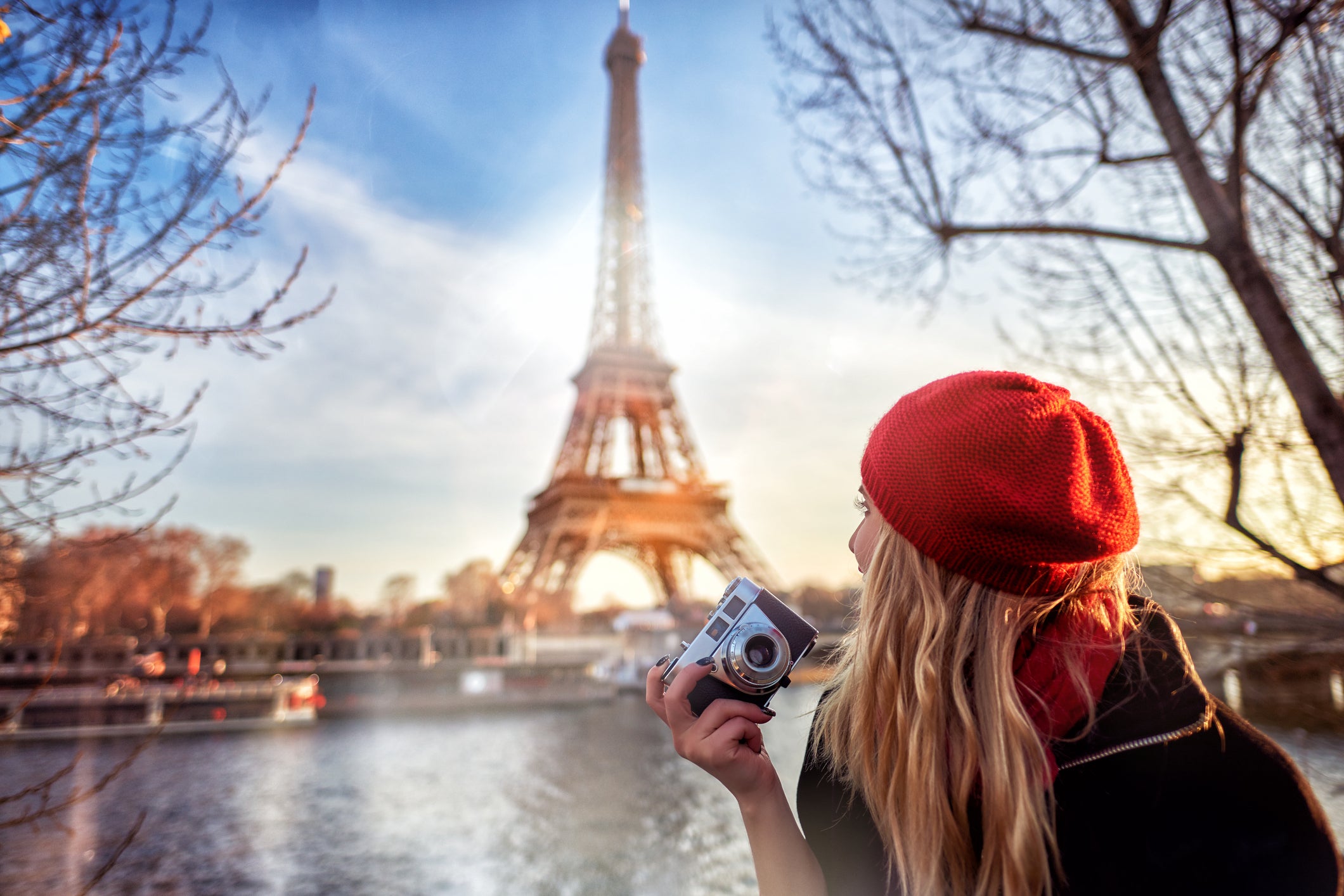
The vacation passes by in a blur for Americans.
Jiayi said: "Their sightseeing style completes the picture. Cameras with large lenses, GoPros, and selfie sticks hang from straps as they hurry from one landmark to the next.
“The plan is to see as much as possible and record every minute, so the pace feels more like a race than a ramble.
“Locals strolling past with nothing but a phone notice the difference immediately."







